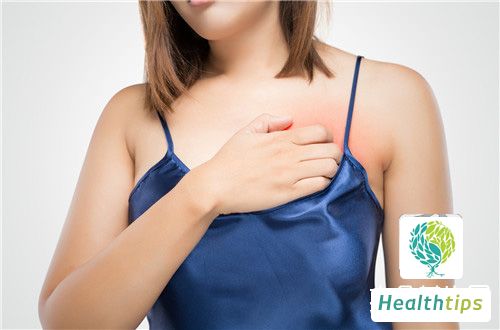Recent chest pain may be caused by developmental distention, pregnancy-related pain, or breast disease. There are many possible reasons for chest pain, which require comprehensive judgment based on age, pain characteristics, and the presence of other symptoms. If the pain persists for a long time or is severe, it is best to consult a doctor promptly.

1. Chest distention caused by development: Girls' breasts will develop during puberty, and mild distention is prone to occur during the development process, which is a normal situation. As the breasts gradually mature, the chest distention will disappear, so there is no need to panic too much. In daily life, you should try to wear suitable underwear, relax, and not put too much pressure on yourself.
2. Chest distention caused by menstruation: This type of chest distention is very common, usually occurring about three days before menstruation, and the symptoms will gradually ease after menstruation. However, not every menstrual cycle will experience this problem, and the degree of pain may vary each time.
3. Chest distention caused by pregnancy: Pregnancy can also cause chest distention in women. During pregnancy, hormonal changes occur in the body, and the body secretes a large amount of estrogen, which leads to breast enlargement and a sensation of distention. This is a normal physiological phenomenon, and some pregnant women may experience such discomfort throughout their pregnancy, which generally does not require treatment.
4. Chest pain caused by breast hyperplasia: Breast hyperplasia is a common breast disease, and many women experience it, often occurring in women aged 30 to 50. A typical symptom of breast hyperplasia is chest pain, often accompanied by breast masses. The chest pain caused by this reason is generally not very obvious, and the location of the pain is not particularly deep.
5. Chest pain caused by mastitis: Mastitis can also cause chest pain, which is mainly divided into two types: lactating mastitis and non-lactating mastitis. Generally speaking, lactating mastitis develops rapidly, with symptoms of redness, swelling, heat, and pain; while non-lactating mastitis usually develops slowly, manifesting as breast masses, pain, and other symptoms.

